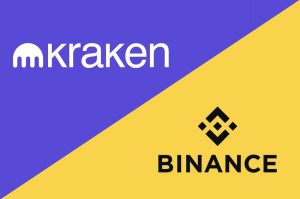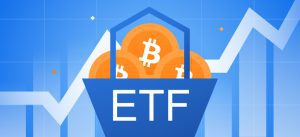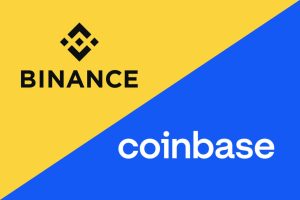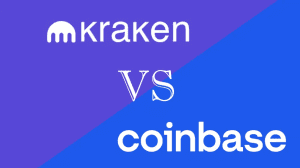What Is Cardano (ADA)?
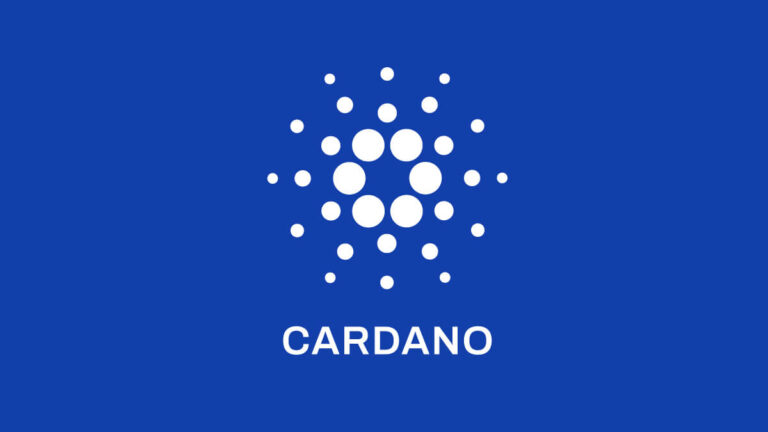
When it comes to blockchain technology, Cardano has emerged as a trailblazing platform combining scientific research, innovation, and a robust philosophy to reshape how cryptocurrencies function.
This article profoundly examines what Cardano is, exploring its history, mechanics, advantages, disadvantages, native tokens, and the focal point of it all – ADA.
Whether you’re a blockchain enthusiast or a crypto beginner, this guide will equip you with a deep understanding of all things Cardano.
Cardano (ADA) Quick Summary
This shorter guide covers everything you need to know.
- Cardano is an innovative blockchain platform that combines scientific research and innovation to reshape the cryptocurrency landscape.
- It aims to create a secure, scalable, and sustainable environment for dApps and smart contracts.
- Cardano’s architecture is layered, separating accounting and computation layers, utilizing the Ouroboros proof-of-stake consensus mechanism.
- Its native ADA cryptocurrency serves multiple roles, from staking rewards to future governance participation.
What is Cardano?
Cardano is an open-source blockchain platform that seeks to create a more secure, scalable, and sustainable environment for developing decentralized applications (dApps) and smart contracts. Unlike other crypto projects, the platform focuses on rigorous scientific research and peer-reviewed academic work.
Cardano’s architecture contains a layered structure that separates its accounting and computation layers. As a result, this separation enhances flexibility, scalability, and security. Furthermore, the platform employs a proof-of-stake (PoS) consensus mechanism called Ouroboros, which relies on validators (stakeholders) to create new blocks and secure the network.
Meanwhile, the proof-of-work (PoW) method focuses on mining to validate and add transactions to the blockchain. The process requires expensive equipment to solve complex equations, which consumes much energy and computational power. Hence, miners must also invest in costly cooling systems to maintain optimal conditions. So it’s no surprise PoW receives plenty of criticism due to its environmental impact.
A Glimpse of Cardano’s History
Ethereum co-founder Charles Hoskinson launched Cardano in September 2017. It strives to be a third-generation blockchain (Blockchain 3.0), building upon the foundations laid by Bitcoin and Ethereum. With an eye on scalability and energy efficiency, the platform has garnered a prominent spot in the crypto landscape.
Also, the Ouroboros consensus mechanism, inspired by peer-reviewed research from institutions like the University of Edinburgh and Tokyo University, ensures secure, scalable transaction validation while prioritizing energy efficiency.
Strengths
- Environmental responsibility: Cardano is one of the most environmentally conscious blockchain systems. In a noteworthy statement, Hoskinson revealed that Cardano outshines Bitcoin in energy efficiency by an astounding 1.6 million times.
- Swift transactions: In terms of transaction speed, Cardano races ahead, processing over 250 transactions per second (TPS). By comparison, Bitcoin manages around 4.6 TPS.
- Academic affiliation: Cardano sets itself apart by collaborating with academia for peer-reviewed research to shape blockchain evolution. The open-source, peer-reviewed nature ensures its endurance beyond organizational boundaries.
Shortcomings
- Playing catch-up: While striving to redefine blockchain, Cardano contends with established contenders like Ethereum, which boast longer track records and wider developer acceptance. Ethereum 2.0, for instance, introduces a PoS mechanism that could challenge the platform’s edge.
- Amidst the crowd: Cardano faces the challenge of standing out in the bustling cryptocurrency market. Its subtler brand might struggle to garner attention, despite its technical prowess.
Cardano Native Tokens
Cardano introduced native tokens in 2021, allowing users to create and distribute assets directly on the blockchain. Unlike Ethereum’s token creation through smart contracts, Cardano native assets operate within the ADA architecture.
Therefore, it elevates them to elite status on the platform. This unique approach bolsters security and curbs transaction fees, setting the stage for a new era of blockchain assets.
Furthermore, Cardano’s implementation of native tokens allows users to create custom tokens directly on the Cardano blockchain. These tokens can represent assets, fungible tokens (similar to cryptocurrencies), and non-fungible tokens (NFTs).
Cardano’s Cryptocurrency: ADA
Cardano’s native cryptocurrency, ADA, is named after Augusta Ada King, Countess of Lovelace, widely recognized as the first computer programmer. ADA is pivotal in the blockchain’s Proof-of-Stake (PoS) consensus mechanism, rewarding users participating in stake pools.
Beyond its current role, ADA looks set to transform into a governance token, granting holders the power to influence the trajectory of the Cardano platform by participating in voting processes.
How to Buy ADA
- Select a crypto exchange: Choose a reputable exchange that supports ADA, such as Binance, Coinbase, or Kraken.
- Create an account: Sign up on your selected platform and complete any required verification processes.
- Deposit funds: Deposit funds (fiat currency or other cryptocurrencies) into your account.
- Purchase ADA: Use the deposited funds to buy ADA at the current market price.
- Transfer to wallet: Consider transferring your ADA to a personal cryptocurrency wallet for enhanced security.
How to Use ADA
- Investment: Just like any other crypto, you can buy, sell, hold, and trade ADA to make money.
- Staking: ADA holders can participate in the platform’s PoS consensus mechanism and earn rewards by staking their tokens.
- Transaction fees: Investors can use ADA to pay transaction fees within the Cardano network when sending or receiving ADA or native tokens.
- Governance: ADA allows users to participate in the platform’s management by voting on proposals and influencing the platform’s future direction.
Frequently Asked Questions
Discover more information about ADA and Cardano.
Is Cardano just another cryptocurrency?
No, Cardano is a blockchain platform designed to support the development of dApps and smart contracts, making it more than just a cryptocurrency.
What is the advantage of staking ADA?
Staking ADA allows you to earn rewards by participating in the network’s security and consensus mechanism.
Can I create my own tokens on Cardano?
Yes, Cardano supports the creation of custom tokens through its native token functionality.
How does Cardano differ from Ethereum?
Cardano distinguishes itself through its scientific approach, layered architecture, and emphasis on scalability and sustainability.
Is ADA a good investment?
Like all investments, ADA carries risks. It’s essential to conduct thorough research and consider your financial situation before investing.
Cardano and ADA Explained – Conclusion
Cardano is a testament to blockchain technology’s convergence and academic rigor. Its meticulous development, scientific approach, and unique features set it apart in the blockchain landscape.
Using the PoS consensus Ouroboros makes the platform a faster, greener, and more reliable alternative to digital assets that employ the PoW method. Moreover, it focuses on scientific research and peer-reviewed work, which is why it has academic backing. However, it faces competition from several heavyweights, including the more established Ethereum, and is still playing catch-up.
Therefore, conducting thorough research before engaging in any financial transactions is essential. And remember only to invest what you can afford to lose.

